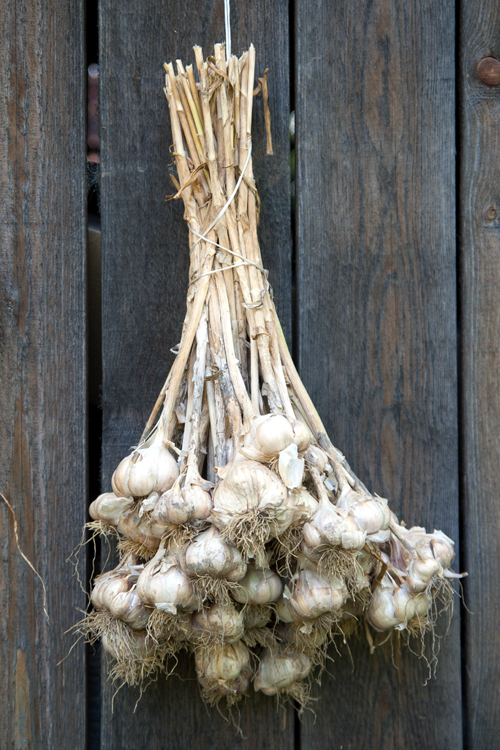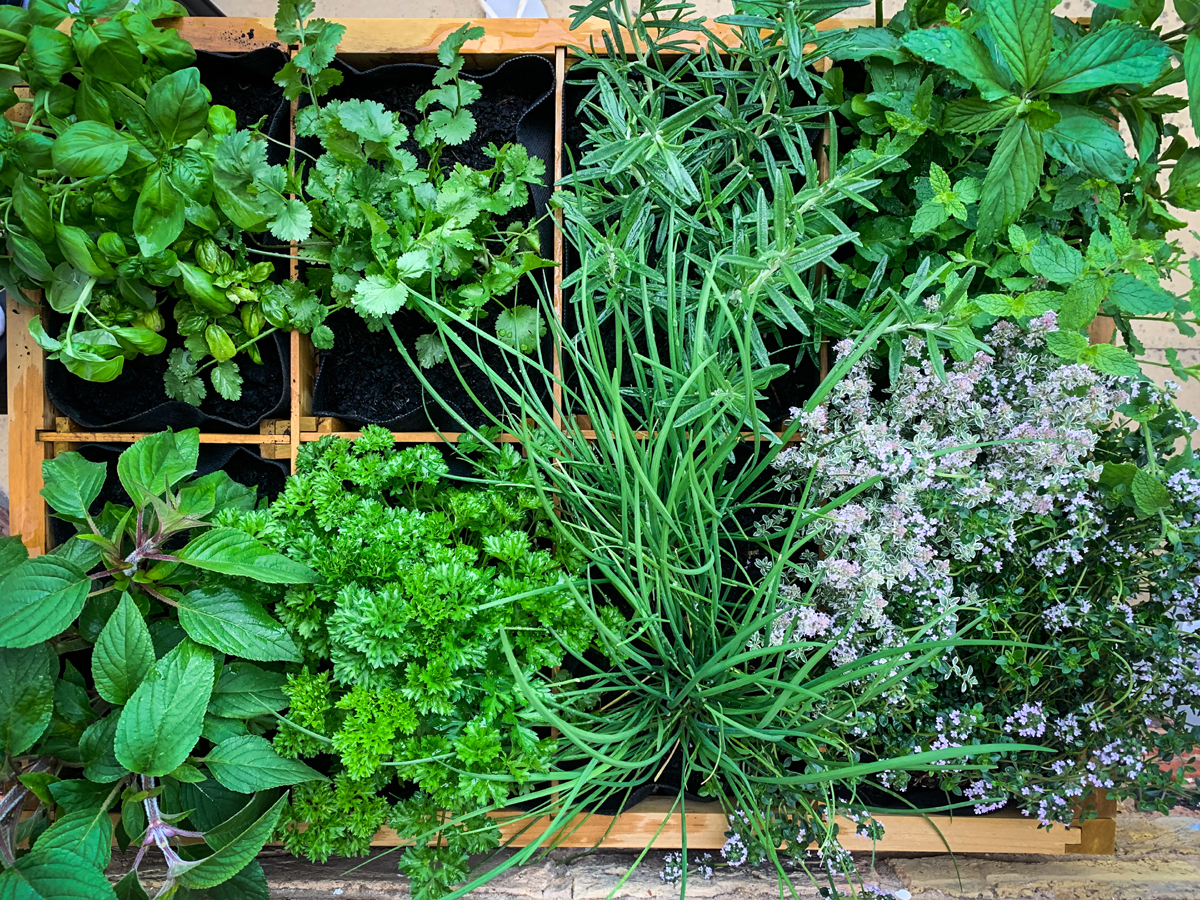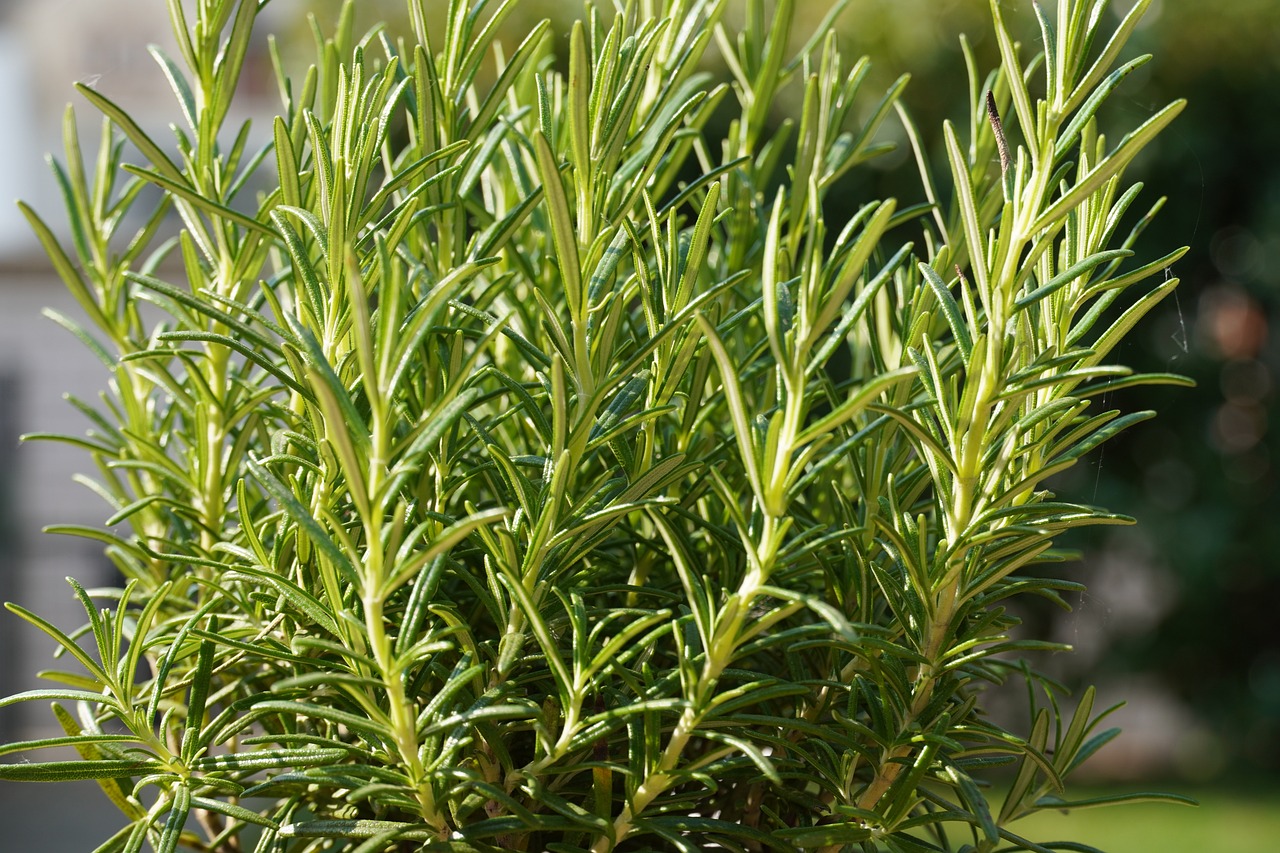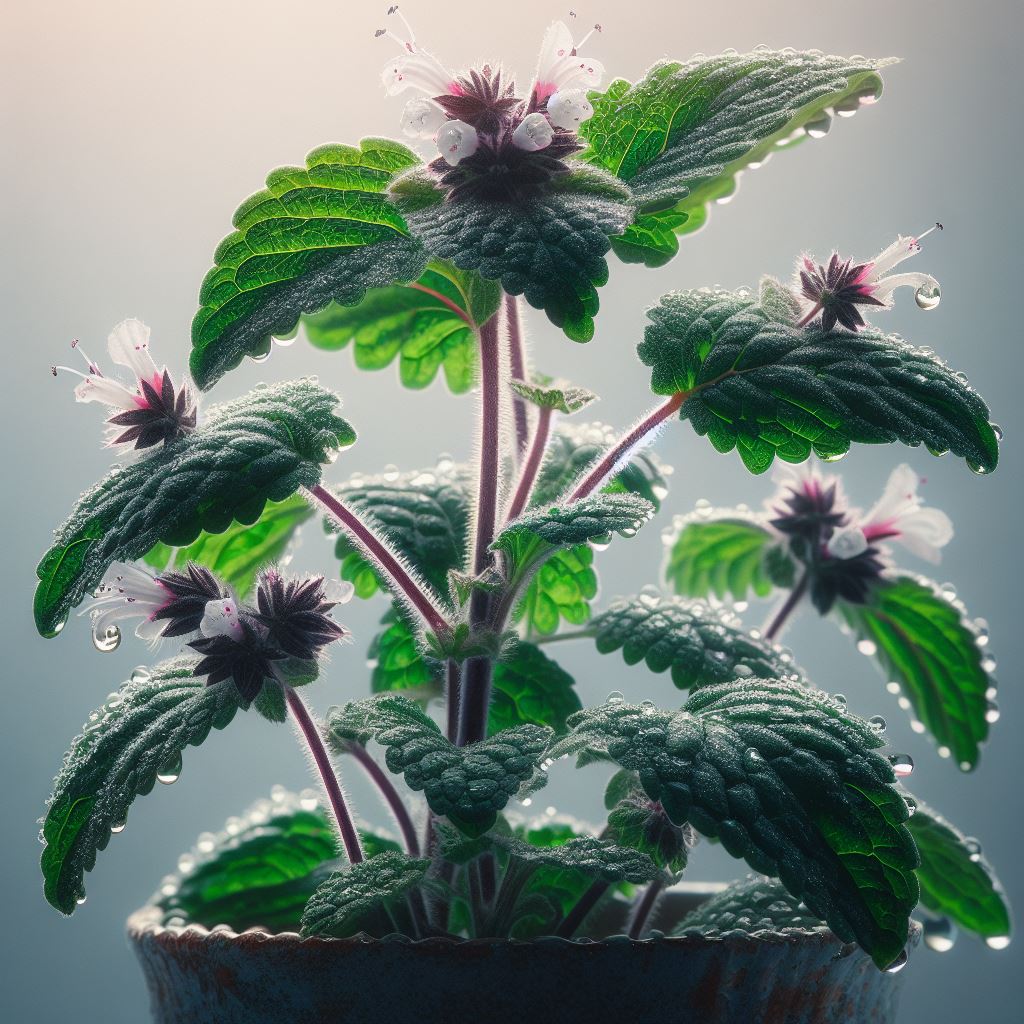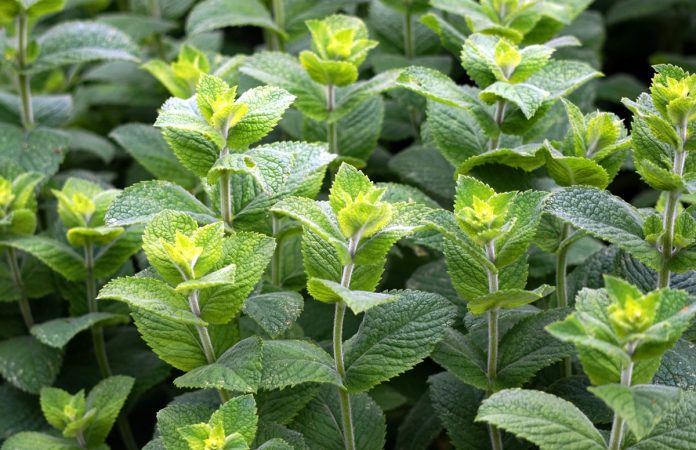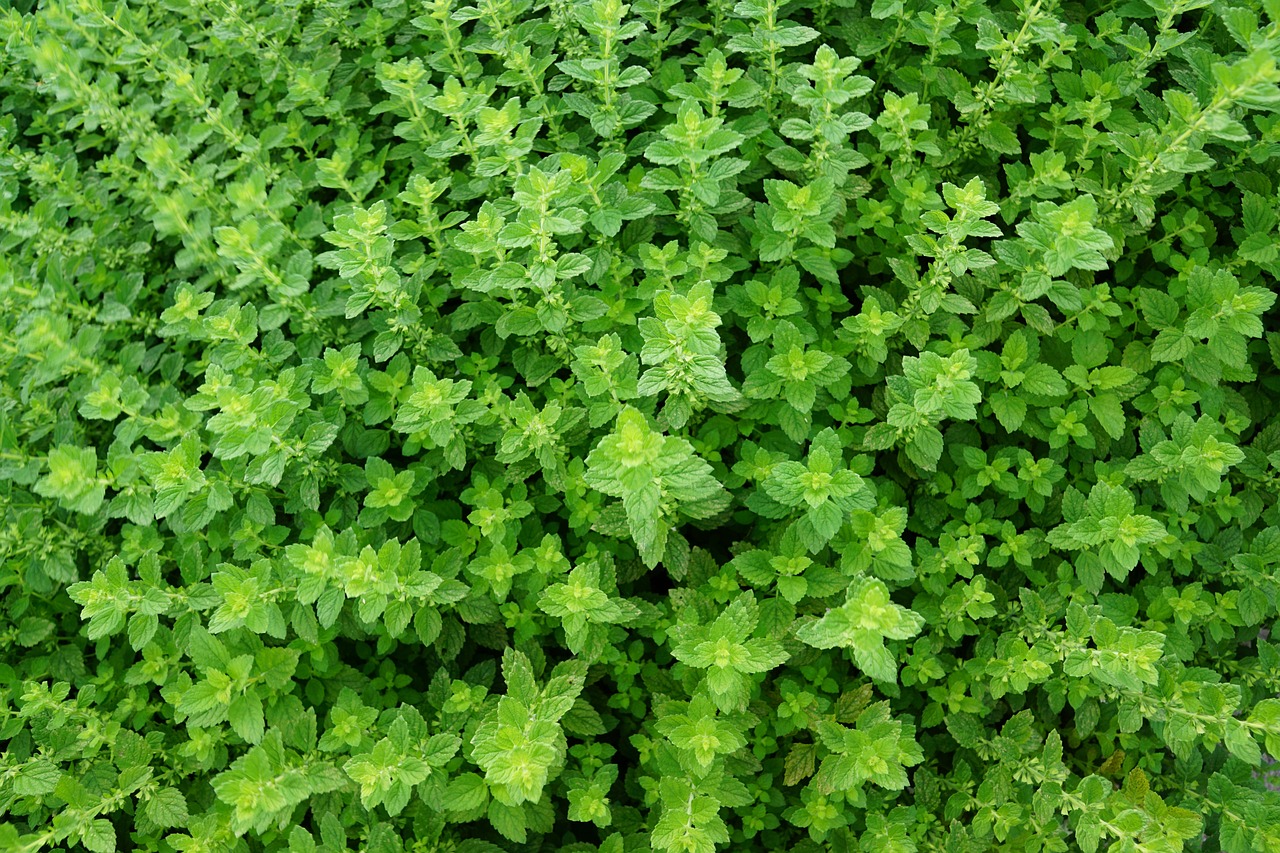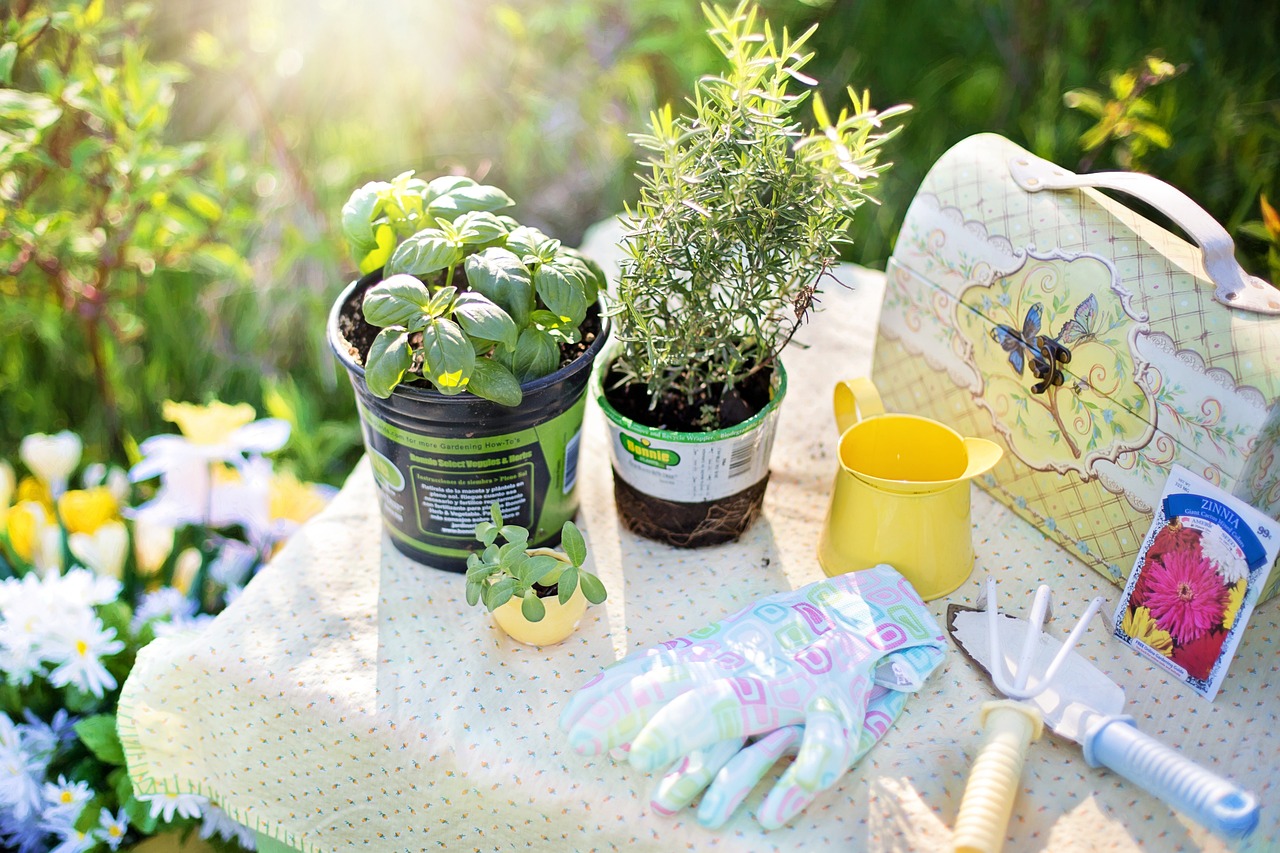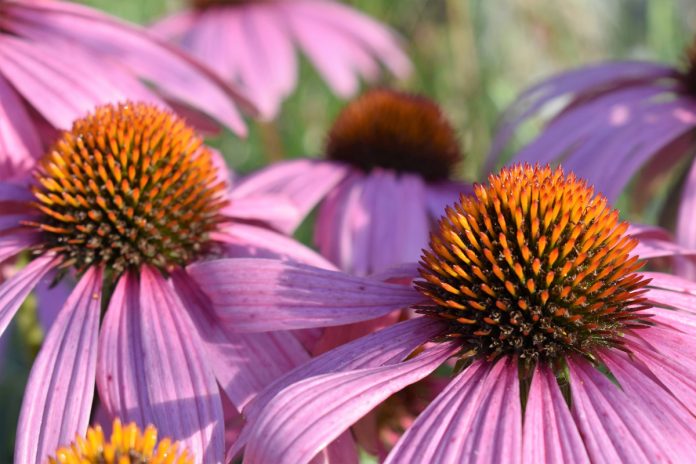Top 10 “Must Haves” When Growing Kitchen Herbs
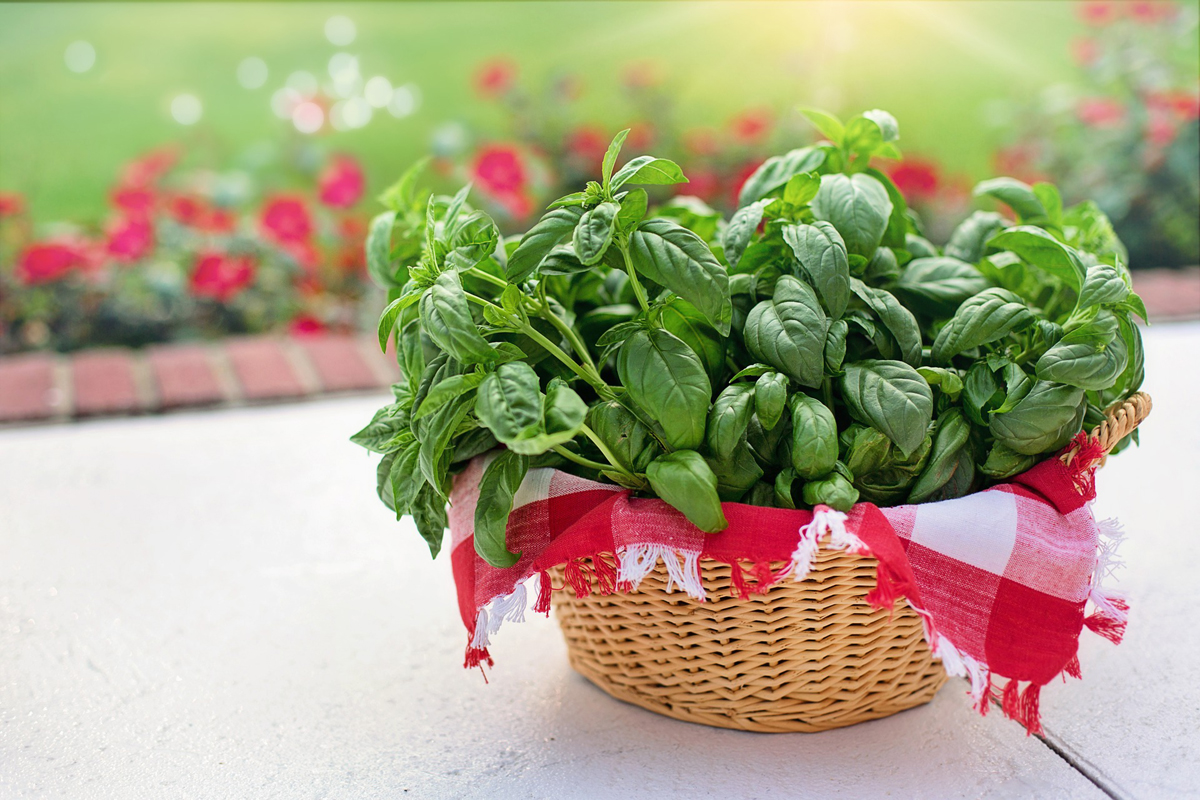
Top 10 Herb Garden Plants
Introducing fresh herb garden plants to your meal choices, creates a powerful chain reaction that spreads through all your efforts to re-gain your health and the health of your family. However, sometimes getting started is the hardest part of making healthy changes in your life. With that in mind, we’ll start with what I think are the “must have” herbs for the kitchen.
1. Basil
Basil is quite simple to grow and is absolutely fantastic in tons of our favorite meals. Basil is an annual herb, but for indoor kitchen herbs (Culinary herbs) you can have it at your fingertips all year, every year, by planting seeds in pots regularly. This way you will always have basil growing.
Basil Uses
- Tomato sauces: spaghetti sauce, pizza sauce
- Pesto sauce
- Soups and stews
- Meats (chicken, beef, pork)
- How to Grow Basil
2. Chives
Chives are perennial herbs, which means they will thrive indefinitely without having to start new plants. Growing chives, with their mild onion flavor, will allow you to amaze your friends and family as you easily create unusual homemade condiments and dishes. Don’t forget that you can eat the flowers of chives plants too!
Using Chives: Use chives as a milder alternative to onions
- Baked potato with chives
- Fantastic choice for a butter herb recipe
- Flavoring cheese with chives
- Homemade dips and spreads
- Egg salad with chives
- Soups
- Salads
- Growing Garden Chives
3. Cilantro and Coriander (seeds)
The cilantro plant is an annual, but with regular indoor planting throughout the year, you will always have cilantro growing and available. The entire cilantro plant is edible. Roots, stems, leaves and flowers, making the cilantro herb one of the most versatile and varied of your herb garden plants.
Cilantro Uses (leaves)
- Salads
- Stews and soups with cilantro
- Spaghetti sauce with cilantro
- Try cilantro in crab cakes or cilantro fish cakes. Delicious.
- Diced cilantro for flavoring meat and ground beef (hamburger and meat balls)
Cilantro Stems
- Chopped cilantro roots for flavoring stews and soups
- Bean dishes
Cilantro Seeds (Coriander)
- Grind coriander seeds to use in homemade curry sauces
- Ground coriander for flavoring meat
Note: The entire dried cilantro plant is a beautifully scented addition to homemade potpourris.
4. Dill
Dill is an annual herb. It is quite a tall herb, it is easy to grow from seed, and has truly lovely flowers. There is a mistaken perception that dill is mostly useful with vinegar in the pickling process. However, it is a shame to limit dill to such a narrow use.
Dill Uses: Use dill as a milder and more complex substitute for black pepper
- Dill in butter herb recipe
- Green Peas and Red Potatoes with Fresh Dill
- Cakes
- Dill bread
- Soups and stews
- Fish flavoring
- Salads
- Dill flowers are beautiful in bouquets
5. Fennel
Fennel is a perennial herb and is another amazing example on our top 10 herb garden plants, that is entirely edible, from roots to flowers. When growing kitchen herbs, adding fennel to your list, opens up a world of delicious and best of all, unusual tastes for your meals.
Using Fennel Seeds
- Use fennel seeds in the flavoring of ground meats (pork and beef)
- Fennel seeds can be added to baked goods and breads
Using Fennel leaves
- Fish with fennel leaves
- Baked vegetables with fennel leaves
- Fennel cheese spreads and homemade dips
- Soups
6. Mint
With literally thousands of varieties of mint plants, you certainly have a broad choice for these very useful herb garden plants. Mint is incredibly easy to grow, but this can also be a problem because it can take over large areas of your outdoor garden because it grows and spreads so successfully and rapidly. I always recommend keeping mint plants in check by growing them strictly indoors in pots and containers.
Uses for Mint Plants: Use fresh mint as a much more delicious replacement for artificial mint flavoring
- Homemade mint jelly (amazing with pork dishes)
- Cookies, baked goods and icing
- Homemade sweets and candy
- Steep in hot water for homemade mint tea. Try adding lemon and sugar and serve cold as a very refreshing summer drink.
- How to Grow Mint
7. Oregano
The oregano plant is a perennial and is a very easy to grow herb, making it one of the most common culinary herbs (herbs used in cooking.) It doesn’t mind dry soil, so oregano only needs watering every couple of weeks. It does not need fertilizing and actually prefers not to be fertilized. Oregano is most flavorful for cooking when it is used dried. See my article for how dry herbs are created at home.
Oregano is an absolute must, as we create a new healthier menu and life for our families. Why? Using oregano in our familiar and favorite meals will make our departing from instant and processed foods effortless. Herb garden plants like oregano, transform spaghetti sauces, pizza and lean ground meats into absolute power houses of natural flavor.
Using Dried Oregano
- All tomato dishes
- Oregano spiced meats – chicken, pork, beef etc
- Baked and stir fried vegetables with oregano
- Homemade oregano oil and balsamic vinegar dressings
- Stuffings and savory oregano breads
- Sauces, soups and stews
- Growing Oregano
8. Parsley
Parsley is a biennial herb. This means that its entire life cycle from germination, growing, flowering and dying occurs in a two year time frame. However, parsley in the outdoor herb garden often seeds itself and starts new plants with the sun of the early spring. Indoors, the seeds are so small, they can be placed on top of the soil and watered to achieve germination.
Parsley is a familiar garnish thrown on top of meals ordered at restaurants. This is a very old tradition dating back to parsley’s use as a breath freshener chewed on after the main course of a meal. However, parsley is a flavorful herb that should be included more widely in our cooking. For tips on drying parsley, see my article about how dry herbs are made.
Using Parsley
- Fresh parsley in salads
- Fresh parsley as an attractive garnish
- Dried parsley used abundantly in soups, stews and especially chowders
- Fresh parsley for a fresh, light olive oil salad dressing
- How to Grow Parsley
9. Sage
Sage is a perennial herb that grows into a blue-green leafed bush. The new leaves are the most pleasing for cooking. People are often unaware that herb garden plants like sage, are present in many types of foods they love. Adding sage to some of your family favorite meals will set your recipes apart from familiar and often bland modern recipes.
Sage Uses
- Turkey stuffing with sage
- Sage added to homemade jams and jellies
- Meat flavoring. Especially sage pork and chicken
- Sage with scrambled eggs, egg salad, deviled eggs
10. Thyme
Another perennial herb, thyme is a perfect in combination with oregano and basil. Growing kitchen herbs together like oregano, basil and thyme, gives you a perfect little Italian herb garden.
Using Thyme
- Thyme as a fragrant herb for potpourris and scented packets for drawers
- Steeped in hot water for thyme tea
- All tomato sauces
- Fresh and dried thyme spiced meats – chicken, pork, beef etc
- Baked and stir fried vegetables
- Homemade Italian oil and balsamic vinegar dressings
- Stuffings and savory breads
- Sauces, soups and stews
- Thyme mixed with rice
- Eggs with thyme
- Cheese with thyme
- How to Grow Thyme
There you have it. My top 10 herb garden plants. Use this list to bring health and energy back into your menu with the power of fresh herbs grown in your own herb garden. In my next article I’ll be talking in more detail about growing herbs in pots, so you can start your kitchen herb garden right away.
The Author:
Melanie Stark

